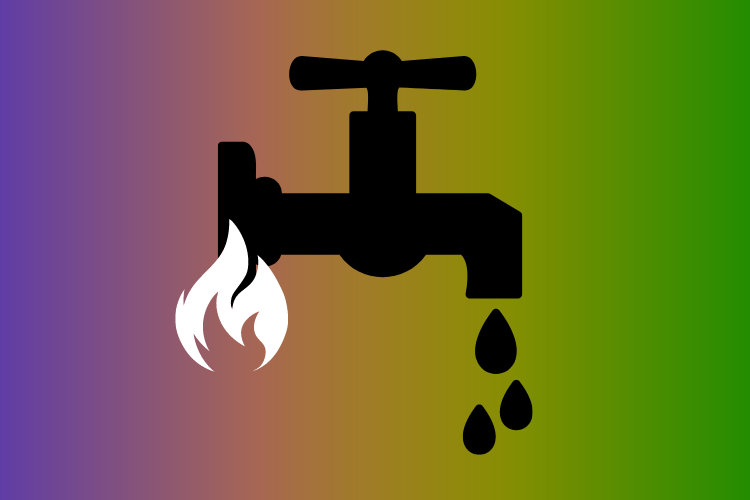Are Boiling Water Taps Worth the Investment?
There is a wide range of kitchen gadgets and gizmos on the market, and we all have something at the back of the cupboard which we bought and have never used. New kitchens are expensive, and it’s only natural that when planning a new kitchen we’re looking for ways to cut the costs a bit. One of the gadgets which is often seen on the pages of the glossy magazines is the boiling water tap, so which category does it fit into – essential, or extravagance?
What Do Boiling Water Taps Do?
As the name suggests, the idea behind a boiling water tap is that you have boiling water available at all times, without having to boil the kettle. Sounds dangerous, but taps have built-in mechanisms to stop you being inadvertently scalded by turning on the tap by accident. As well as the spout on top of the counter which the water comes from, the other part of the unit is a reservoir usually housed in a cupboard under the sink where the water is stored until needed. You can use the boiling water for making hot drinks, filling pots for cooking, and anything else you’d typically turn on the kettle for.
How Much do they Cost?
A boiling water tap costs around £500, but as with everything in the kitchen market there are cheaper taps and designer items which cost a lot more. Some of the big names to look at are Quooker, Grohe, Franke or InSinkErator. They aren’t complicated to fit, as long as you have space under the sink for the tank. Boiling water taps contain a filter which will need changed periodically depending on how much you’re using it, and how hard your water is. In terms of running costs, some brands claim running costs of around 3p per day.
Buying Choices for Hot Water Taps
There is a wide range of boiling water taps on the market, and the best option is to go into a showroom and look. Some boiling water taps are separate units, and others are integrated into a normal tap which can also provide warm and cold water from the same spout. If you’re going for the streamlined look in your kitchen, then combining everything into one tap makes a lot of sense. If you are thinking about installing a boiling water tap into an existing kitchen, make sure you have plenty of space both on the counter top by the sink and underneath for the reservoir.
If you’re a fan of fizzy water and usually buy it in plastic bottles, then you could cut your carbon footprint by choosing a tap which has the added function of carbonating the cold water. You will of course have to buy carbon dioxide cartridges, but over time these can work out just as cost effective as bottled water. If your water is very hard and causes limescale build-up, then look for taps with built-in methods of controlling scale, or with limescale control functions.
